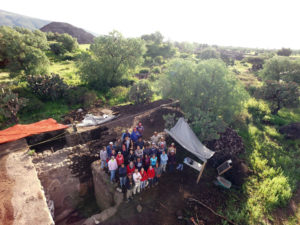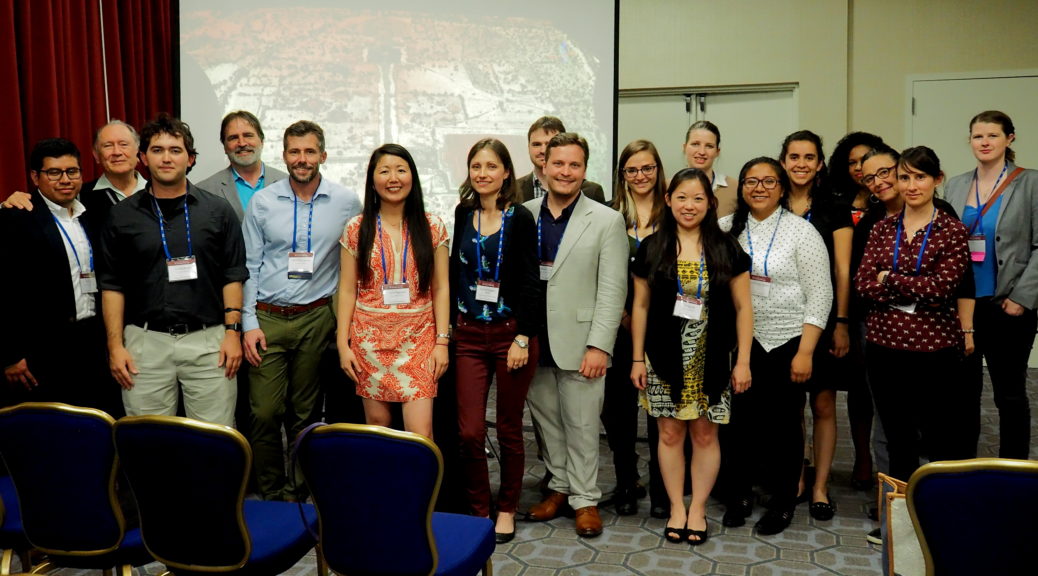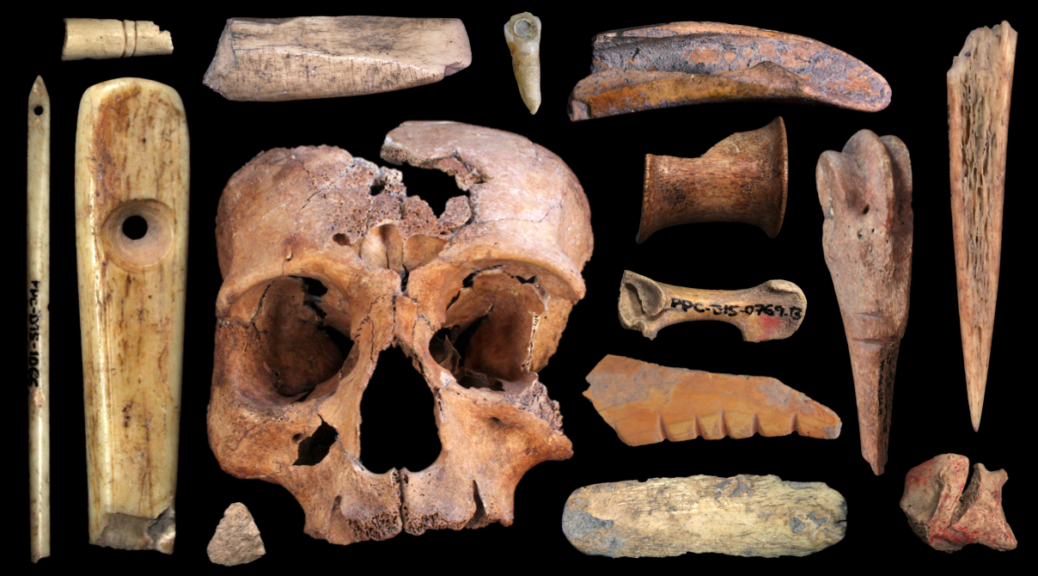by Adriana Sánchez
It has been an intense week with the conclusion of the third field season (2017) of the PPCC. This includes putting the final touches on all pending fieldwork tasks: the last photo taken, the final line drawn, and the closing word of descriptions written in the notebook.
We have just three days left for filling in the last four open excavation areas. The first of them extends over an area of 12 meters long by 3 meters wide and reaches depths between 2 to 4 meters. The second area is not that wide but is certainly large and complex; it is a tunnel that runs over 10 meters long, 1 meter wide, and 1.5 meters high. The third one is located on one of the highest structures of the complex covering an area of approximately 9 meters long, 6 meters wide, and 3 meters deep. The last area revisits a tunnel previously excavated during the first fieldwork season in 2015 and continues to provide several interesting finds.
Upon finishing the last field details and closing out the season, the adrenaline runs high with a mixture of stress, anxiety, and emotions. All excavated areas must be cleaned and perfectly covered in backfill.
In order to accomplish these monumental tasks, we rely on local fieldworkers from neighboring communities near the “Zona de Monumentos Arqueológicos de Teotihuacan” (Teotihuacan Archaeological Monuments Area, ZMAT). These individuals are usually young men who recently turned 18 years old (legal working age in Mexico) and thus experience their first job with the project or, on the contrary, are mature men who each have more than 10 years of experience working for diverse archaeological research projects in the ZMAT.
These are the people who do all the hard and labor-intensive work: lifting heavy buckets filled with earth from excavation area to sifting station, carrying heavy stones out of excavation areas, finding out ways to protect excavations from rain by maneuvering a makeshift awning, among many others tasks. Although archaeologists lead the fieldwork and its activities, we acknowledge the hard and important labor our fieldworkers do to support us and the PPCC.
Often times, the fieldworkers have to endure when an archaeologist is in a bad mood during stressful situations due to lack of time particularly at the end of the field season. Despite this, they are supportive and encourage us to continue working on “that what we call archaeology.”
Not everyone can be a fieldworker in an archaeological project as this job demands a balance of finesse, precision, and strength. Finding the right combination and stamina may ultimately decide whether one returns for the next field season. However, we gladly welcome back most familiar faces who possess these characteristics and look forward to working together again out in the field, right until the inevitable stressful end of the season.
THANK YOU TO ALL who supported our PPCC team during this third field season! Muchas gracias!




